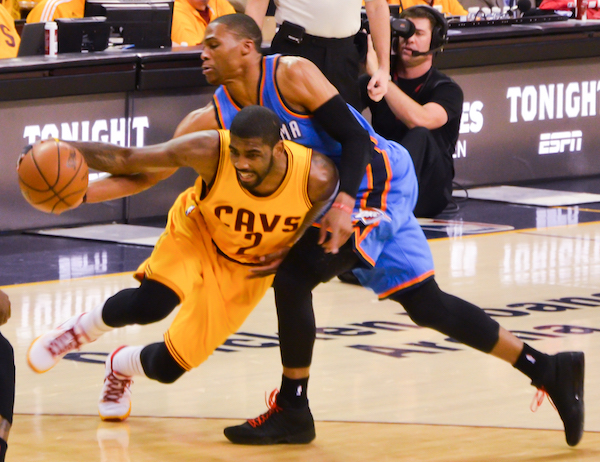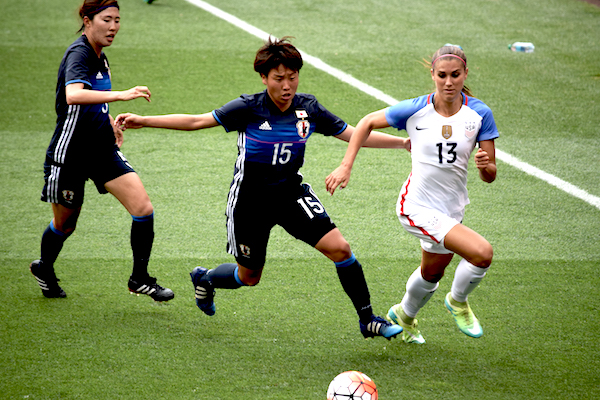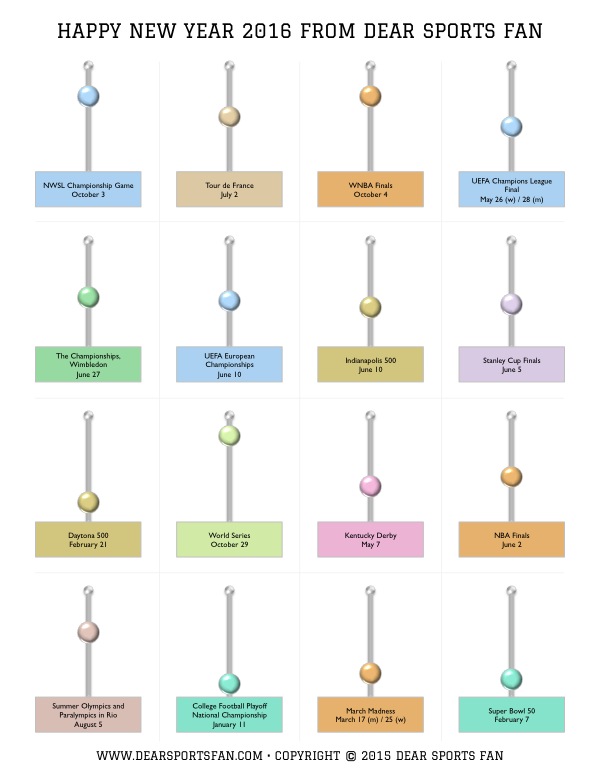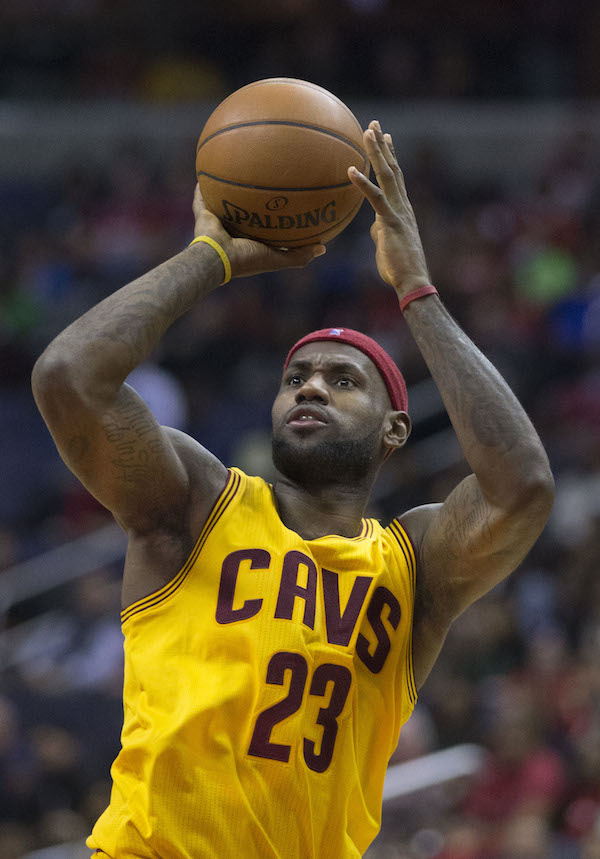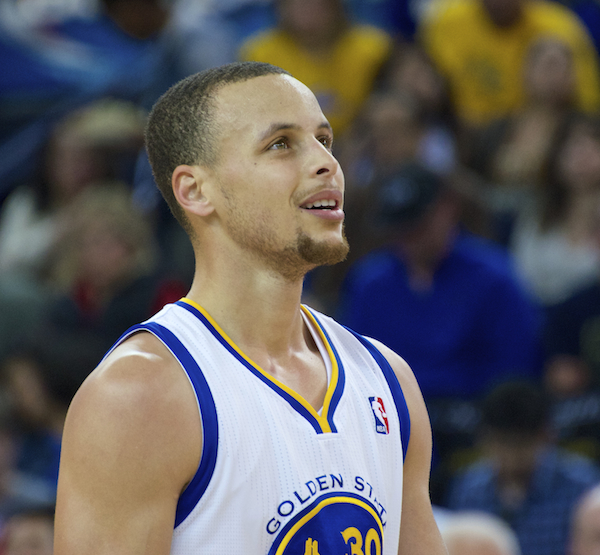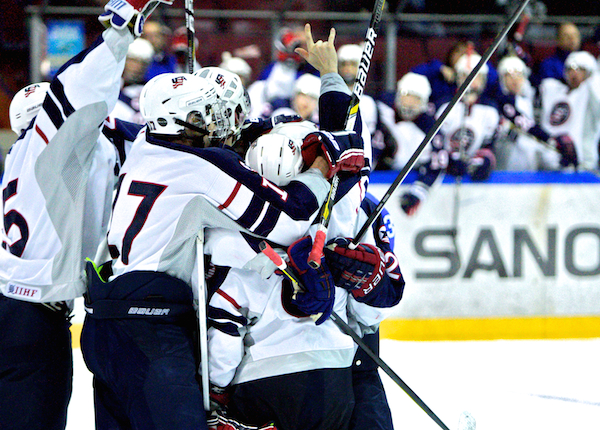Dear Sports Fan,
My wife is a sports fan. I love sitcoms. My hobby takes 30 minutes to watch. Hers takes three hours, whether it’s football, basketball, hockey, baseball, or soccer. How is this fair? What sports could be shortened without making them less fun for sports fans?
Thanks,
Sam
Dear Sam,
You have a point – sports games are much longer on average than other forms of entertainment. As a sports fan, I find it hard to commit to watching a two hour movie, but I think nothing of sitting down to watch a three hour football game… or more than one! On its face, this behavior doesn’t make much sense. Why commit to three or six hours when you won’t commit to two? Do I really like sports that much more than movies? Probably not – instead, the difference can be explained by the intermittent nature of sports. The average football game famously only has eleven minutes of action spread out over those three hours. This is an exaggeration, but there are lots of times during a three hour game when a sports fan can safely leave the couch to get a snack or a beer or check their email or… I’ve even been known to read a book while watching a game! That said, you may be on to something. Sports games are long. Can any sports be shortened without losing the essence of their appeal? Would any actually become more exciting by being shortened? Let’s play out the hypothetical of cutting each of the five most popular sports in half and see what happens.
Soccer
Soccer is 90 minutes of running around without much happening. It seems ripe for disruption through abbreviation. The problem is, because there is so little scoring, shortening the game would pose a serious problem. Think there are too many ties now in soccer? Wait until games are only 45 minutes. It’s not just the length. Many soccer games don’t really “open up” until the 60 to 70 minute mark. This is when players start getting tired enough to make mistakes that allow the other team to get some legitimate scoring opportunities. If we are going to shorten soccer, we would at least have to require players to tire themselves out before they begin; say, run a 10k before the game starts.
Verdict: Not a good candidate. Soccer requires a long time for one team to win as it is.
Ice Hockey
Ice hockey doesn’t have soccer’s issue with excitement. Hockey is so exhausting to play that players don’t stay on the ice for more than 45 seconds to a minute at a time anyway. While they are on, they go like gang-busters! A 30 minute hockey game would be just as exciting as a 60 minute one. There are two issues with cutting hockey in half. First, the necessity of rotating players makes hockey a uniquely team-oriented sport. Cut the time in half, and you would definitely be able to get away with having only 3/4 or even 1/2 the number of players, which would harm this aspect of the game. Second, and more conclusively, hockey is one of the most random sports because goals are scored in such a chaotic way. A lot of the time, even watching in slow motion on a high definition television doesn’t help the viewer figure out how the puck went into the goal. The average game in 2016 had 5.45 goals scored. Just enough for the weirdness of the game to even out and the better teams to win most of the time. Cut the game in half, and the better team might not win most of the time. The weirdness could easily overpower the statistical significance of the sport.
Verdict: Ice hockey is just too random to be any shorter than it already is and still have the better team win most of the time.
Baseball
Baseball seems like a great candidate for cutting in half. At its heart, it is a series of one on one interactions anyway. Pitcher faces batter, repeat. Because of this, baseball is the sporting culture obsessed most with statistics. Any change to the game which affects the ability to compare contemporary players to players in the past is fiercely resisted. If that could be overcome, the next obstacle to consider would be the endurance of starting pitchers. A lot of baseball games are decided only when one team’s starting pitcher gets tired enough to make a mistake and the other team is able to start hitting their pitches. Over the past decade, baseball teams have adjusted to patch this vulnerability by substituting relief pitchers in for their starting pitcher earlier and earlier – before he even gets tired. So, in a way, cutting the game in half might create a throw-back to an earlier era, when starting pitchers were expected to pitch complete games. Hmm!
Verdict: It would never happen because of the rabid baseball traditionalists, but if it did, they might find themselves oddly pleased.
Football
Why not football? Football is facing a looming crisis anyway. The brutality of the sport and our new understanding of traumatic brain injuries has already forced a number of changes and promises to force many more, or perhaps end the sport entirely. I’ve thought and written a lot about this issue and my conclusion was that NFL football rosters should be reduced from 53 to 20. This would reduce the specialization of football players that allows for 350+ pound men and 180 pound men who run 20+ miles an hour to coexist on the same field. It would also make it impossible for players to “give 110%” on every play. Slow everyone down, encourage everyone to have bodies optimized for endurance over speed and strength, and maybe players will have the split second they need to avoid calamitous collisions. Cutting the game in half is exactly the opposite of this! It would make every play more important and encourage everyone to play even harder on every play. No way!
Verdict: Not a good idea for players’ long term or short term health.
Basketball
Like football, basketball is played harder than ever these days. If you look at film from the 1980s and compare it to now, it’s radically different. Players in the 1980s were not expected to cover nearly as much ground as they do today. The dominance of the three point shot today means that players need to play high intensity defense in parts of the court that they used to simply allow an opponent to dribble in without being contested. This difference showed up in the playoffs last year, when teams built around a single great player, like James Harden on the Houston Rockets or Russell Westbrook on the Oklahoma City Thunder, fell apart in the fourth quarter when their star got too tired to play effectively. This could be an argument against shortening the game — teams should have to be built in a more balanced way, not around a single player. Basketball is already the sport that is affected most by a single player. One player out of five on the court is more impactful than one out of eleven in soccer, eleven (plus eleven, plus special teamers in football), or one out of nine in baseball. (Hockey has only six on the ice at a time, but because they can only play for a minute or so before they need a rest, the impact of a single player is proportionally smaller.) Basketball is the most star-oriented sport but its length, combined with the way it’s now played is getting in the way of the best players being able to play their best when it matters the most.
Verdict: Let’s do it!
Thanks for your question,
Ezra Fischer


